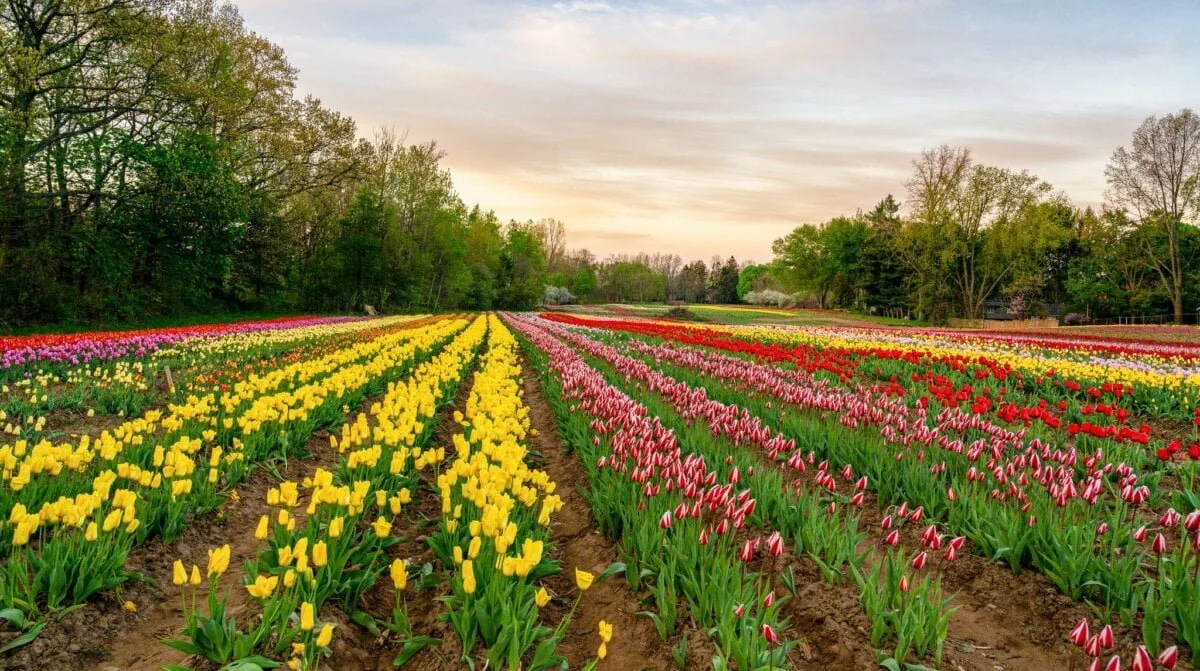Welcome to Niagara on the Lake
Tucked away at the mouth of the Niagara River, Niagara-on-the-Lake is one of Canada’s most scenic and historically significant towns.
Once the first capital of Upper Canada, it holds a legacy of national milestones: home to the country’s oldest printing press, which produced Upper Canada’s first newspaper; the site of the first public circulating library; and the birthplace of the Law Society of Upper Canada.
With its heritage architecture, flower-lined streets, and vibrant arts scene, Niagara-on-the-Lake offers a unique blend of colonial charm and cultural sophistication. Visitors can explore boutique shops, award-winning wineries, and world-class theatre at the renowned Shaw Festival.
Niagara-on-the-Lake is also the heart of Ontario’s wine country. Surrounded by lush vineyards and award-winning wineries, the region is celebrated for its cool-climate varietals, especially Riesling, Chardonnay, and its world-famous Icewine. Wine lovers can enjoy tastings with vineyard views, gourmet pairings, and seasonal festivals that showcase the best of local viticulture.
Whether you're strolling along Queen Street, touring historic sites, or enjoying the scenic waterfront, Niagara-on-the-Lake invites you to experience a town that’s as graceful as it is resilient — a place where every corner tells a story.
Historical Significance
Originally known as Butlersburg, the Town received an official status in 1781 as a British military site and haven for British loyalists fleeing the United States in the aftermath of the American Revolution.
Niagara-on-the-Lake played a pivotal role in the War of 1812, falling to American forces after a two-day bombardment by Fort Niagara and the U.S. fleet, followed by a bloody battle.
In December 1813, as they retreated, American troops—alongside Canadian defectors known as the Canadian Volunteers—burned the town to the ground, destroying over 130 buildings.
Most of the town’s male population was away, serving in the British army or local militias, leaving women and children behind. When American forces torched the town, they were forced into the snow, homeless and exposed to the harsh winter. Only a few structures, such as Butler’s Barracks, survived the inferno.
This act of destruction shocked the British and Canadian public and led to retaliatory raids across the Niagara River, including the burning of Buffalo and Lewiston. The devastation also contributed to the eventual burning of Washington, D.C. by British forces in 1814.
Undaunted by this setback, the resilient townspeople rebuilt Niagara-on-the-Lake, preserving its Georgian architecture and colonial charm. Today, the town stands as a National Historic District, a living testament to its layered past—from Indigenous roots and Loyalist refuge to political birthplace and battlefield.
This plaque marks the birthplace of the Law Society of Upper Canada, founded on July 17, 1797, at Wilson’s Hotel in what was then Newark, now Niagara-on-the-Lake.




